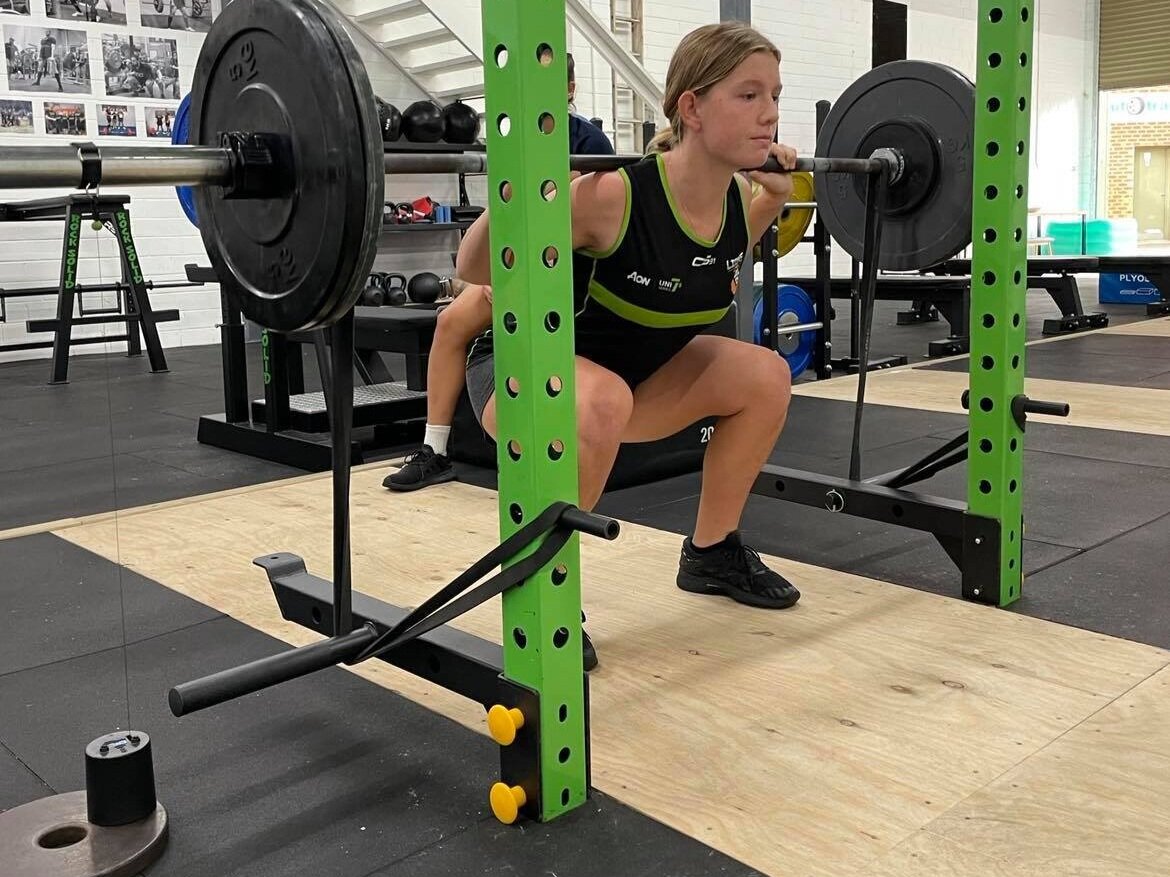Don’t Skip Your Rest!
Coaches program rest periods for a reason and that reason is definately NOT for them to be skipped. There is a purpose behind it to maximise your potential during training. The science goes much deeper and the rest can variate person to person (hence the ranges) but hopefully this post below offers a basic understanding.
Rest for strength training
When training for strength you are generally lifting between 85% - 100% of your max and the idea of having as much as 3-5 minutes rest is to allow you to recover so you can push those loads set after set and hopefully without failure. If you feel like you can push for example 90% of your max for 5 sets of 3 reps after 1-2 minutes rest between sets, then it is highly unlikely that the load your pushing is actually in fact 90% (probably more like 80%). So if you’re actually pushing 80% load with 1-2 minutes of rest, you’re probably not performing the type of strength training you think you are. You’re more likely performing a power session or low intensity strength session depending on the output you’re generating. The reason for the range is because some will in fact recover faster, but definately not in 1-2 minutes.
Just because you feel ready to go, it doesn’t mean you are. ignoring your rest could change the purpose of your training entirely
Rest for power development
When training for power you can utilise rests in various ways depending on what you are trying to achieve. More rest (2-3min) would mean that you are likely to maintain the same maximal power/ velocity output every set. This is great if your goal is to train your athlete to generate maximal power outputs for single events.
For reference, velocity is the speed at which an athlete generates force. the higher the number the faster they’re moving. For example, an athlete may squat 40kg plus bands to generate a maximal velocity of 0.95m/s for 5 sets of 3 reps. Having too little rest would completey change the outcome and thus the goal (see next point).
Less rest (1-2min) would result in fatigue as the sets go on, thus making it harder for the athlete to maintain the same maximal power/ velocity outputs. This would force the athlete to find an average maximal power/ velocity output they can maintain over the duration of programmed sets and becomes beneficial to the athlete that is training for repetitive power. For example, if the same athlete were to squat the same load with the same bands but have less rest the velocity would begin to drop to as low as 0.65m/s as the sets go by due to fatigue. Thus changing the goal from speed/strength (where speed is more the focus) to strength/speed (where strength is more the focus) or possibly even strength/ endurance. So even though you may ‘feel’ like you’re ready to go again, your CNS (central nervous system) probably is not. In this case the athlete would need to find an average maximal velocity they can maintain if they wish to train with less rest for the purpose of repetitive strength (think 200m sprinter). This may mean to train at 0.75m/s if using the same resistance or even better would be to lower the resistance and maintain 0.95m/s.
Energy Systems Training (Conditioning)
Often I have members tell me they feel good, lets have less rest and go again. Not quite understanding the purpose behind the training.
For example: If I was to program an Anaerobic Alactic workout consisting of 8 rounds, 10 secs work and 120 secs rest on the airdyne bike. The idea is that you will hit maximal power output every single round and maintain it for the entire 10 secs. It's much harder than you think. Sometimes you might feel like you can push yourself and go again after 60 secs, but it is highly unlikely you will be cycling at the same power output thus defeating the purpose of training the anaerobic alactic system. Instead you would now be training the aerobic power system or something else depending on how much you've depleated. So just because you feel good to go again, it does't mean you are. If you are to train at maximal output you will need your rest. At some point you will get fitter in this specific energy system and you will reduce the rest gradually.
My point behind this post is, if you're an athlete who's hired a strength and conditioning coach who's purpose is to ehnance your performance, then there is likely a very good reason behind why they have allocated a given rest time. Your rest periods can entirely determine the type of training you end up doing on the day. Pay attention to it and utilise it to maximise your training.


